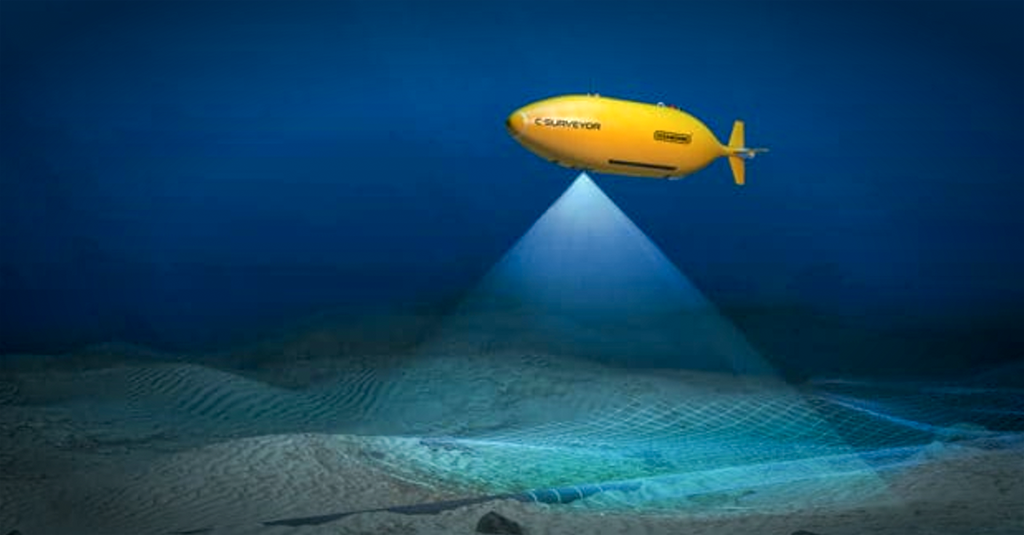Computer Vision for Autonomous Underwater Vehicles
Dr. David Chapman, Oceaneering International
11:00-12:00 Monday March 12, 2018, ITE 325, UMBC
Autonomous Underwater Vehicles (AUVs) are unmanned and unteathered submarine vehicles with a variety of applications from bathymetry survey to naval warfare. Attenuation and scattering of light and electromagnetic radiation through water severely restricts wireless communications as well as distorts and attenuates camera imagery. Bandwidth limitations prevent AUVs from being remotely piloted, thus full autonomy is required for operation. Computer vision extends the ability for AUVs to perform advanced behaviors, but must address the unique challenges of underwater photography, underwater lidar, and multibeam sonar sensors. We will discuss recent research and development efforts related to computer vision of AUVs as their applications, including oilfield pipeline survey and inspection, obstacle avoidance and autonomous docking. We will also briefly discuss efforts toward amphibious vehicles, AGVs for factory automation, as well as ongoing research in acoustic signal processing.
Dr. David Chapman is a Senior Software Engineer with Oceaneering International inc., which is the largest producer of subsea Remotely Operated Vehicles (ROVs) and largest operator of Autonomous Underwater Vehicles (AUVs). Dr. Chapman completed his Ph.D. from University of Maryland Baltimore County (UMBC) in 2012 studying remote sensing, image processing, and parallel computing. He also completed a post doctoral fellowship at Columbia University’s Lamont Doherty Earth Observatory studying data analytics for El Nino prediction. At Oceaneering, Dr. Chapman has been a key contributor to computer vision algorithms research for new product development including the Pipeline Inspection AUV (PI-AUV), winner of Oceaneering’s 2017 innovative product award. He is also a contributor to both the proposal and development efforts of a vision-based AUV auto-docking system. Dr. Chapman has studied and applied a variety of computer vision algorithms including the fast Radon transform, wavelet-based feature classification, numerical optimization, and neural networks in order to extend the capabilities of AUVs and related autonomous vehicles.
The post 🗣️talk: Computer Vision for Autonomous Underwater Vehicles, 11am Mon 3/12 appeared first on Department of Computer Science and Electrical Engineering.






